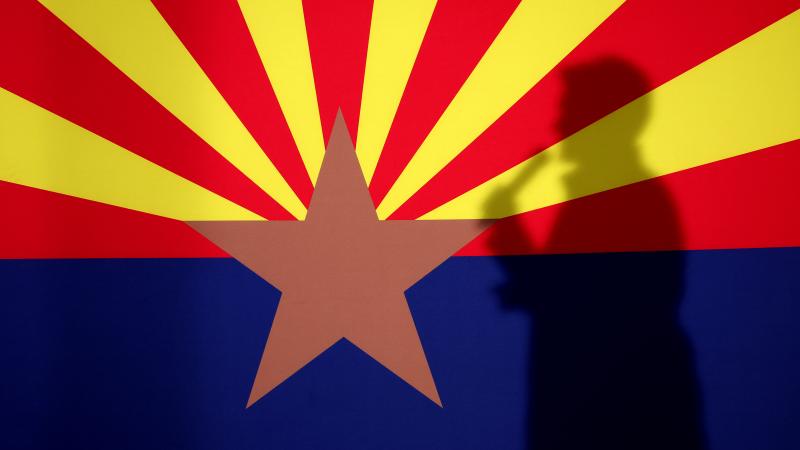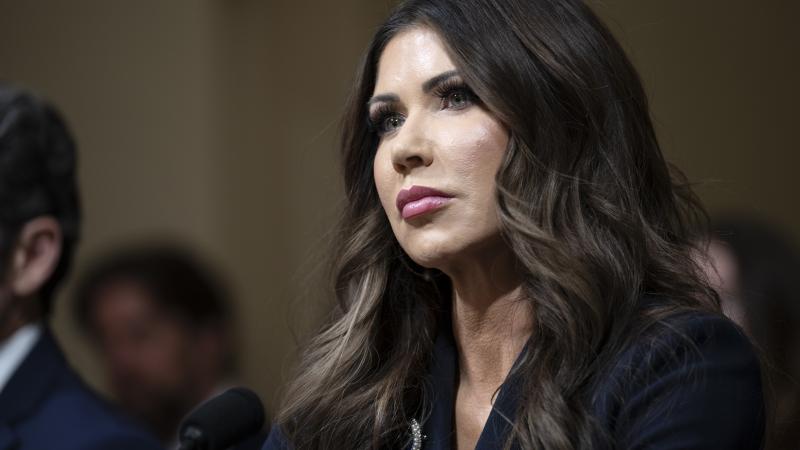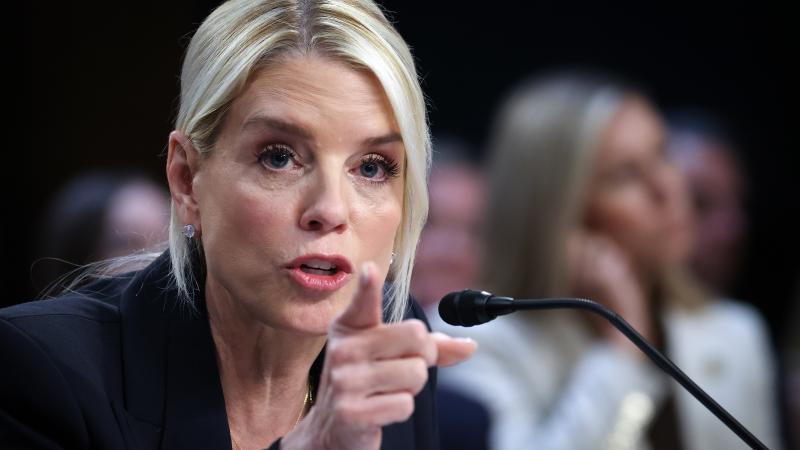Study warns California officials about policies increasing price at the pump to $7 a gallon
In California cities such as Los Angeles, San Francisco and Sacramento can see fuel prices approaching the $7 mark this summer.
When studies are predicting $7 a gallon gas for California, the state's experts are warning legislators that anything they do to counteract alleged price gouging should be designed not to make it worse.
"We suggest the Legislature clearly identify the problem it is trying to address. Identifying the problem is important because it can help focus policy actions towards strategies that most directly target the problem," said Ross Brown, Principal Fiscal & Policy Analyst at California's Legislative Analyst's Office, in his key considerations presented to the Senate Committee on Energy, Utilities, and Communications.
The recommendation comes as Gov. Gavin Newsom embarks on formulating legislation to penalize petroleum refineries for what he deems as excessive profits.
The Senate is exploring the root of price hikes in California last fall, with a mission to recommend policy to the governor.
"Americans like to hold onto the myth that politicians are all-powerful and all-knowing, but when it comes to gasoline prices, global influences on supply and demand are really the gremlin that determine prices, and politicians who really only care about your vote, would love you to think they can control everything, but really can't do much over global fundamentals driving prices down or up," Patrick De Haan, Head of Petroleum Analysis at GasBuddy said.
Accurately identifying the problem, the LAO says, would make it more likely that "the proposed policy is effective at addressing the problem" and it "reduces the risk of unintended adverse effects."
In California cities such as Los Angeles, San Francisco and Sacramento can see fuel prices approaching the $7 mark this summer, for the highest daily average according to the latest analysis by GasBuddy on fuel prices for 2023.
Several competing theories on why California experienced price hikes were given to the Senate at the Extraordinary Session Informational Hearing on the proposed Petroleum Windfall Profits Penalty.
California Department of Tax and Finance Agency Director Nicholas Maduros stated, "Prices go up very quickly, sometimes due to price spikes in crude oil prices, sometimes due to refinery outages, sometimes for maintenance and sometimes for reasons that nobody yet can quite explain."
GasBuddy projects that "the yearly national average in 2023 will be $3.49 per gallon. The month of February (2023) will see the lowest prices at an average of $2.99 per gallon, while June could average around $3.99 per gallon, with a strong chance of $4 prices returning, making it the priciest month of the year."
"As we recover from Covid, the refining sector has been permanently changed with shutdowns that have limited our ability to produce as much gasoline, diesel, and jet fuel. While U.S. refining capacity has been diminished due to Covid and other events, global refining capacity is set to rise, likely helping to ease the decline in U.S. supply," the GasBuddy forecast stated.
Brown suggests the Legislature consider key questions of gasoline price spikes such as:
Are price spikes driven by basic supply-demand balance in a competitive market? Why have businesses not invested in additional refining capacity and/or storage capacity that would allow them to take advantage of these price spikes? Are there other issues, such as market power due to limited competition, that are driving some of the spikes? What legal or regulatory approaches might help address these problems? Potential policy solutions could include requiring suppliers to maintain a minimum level of gasoline reserves or allowing more flexibility to use different types of gasoline when there are supply shortages. The Legislature would need to weigh trade-offs—such as potential environmental trade-offs—when evaluating these options that could help maintain adequate supply.
Brown also suggested, before formulating policy, questions on "excessive" profits going to business:
What level of profits are considered excessive? How can excess profits be differentiated from cyclical fluctuations in profits? What is driving large profits—market power, supply limitations, or something else? What policy approach most directly addresses the issue of excessive profits—a windfall profit tax, a cap on prices, and/or some other approach? How does each potential policy approach ultimately affect the supply of gasoline in California and/or the retail gasoline price paid by consumers?
Senators are concerned by the impact of California price hikes on their constituents, with some laying blame solely on refinery price gouging.
















